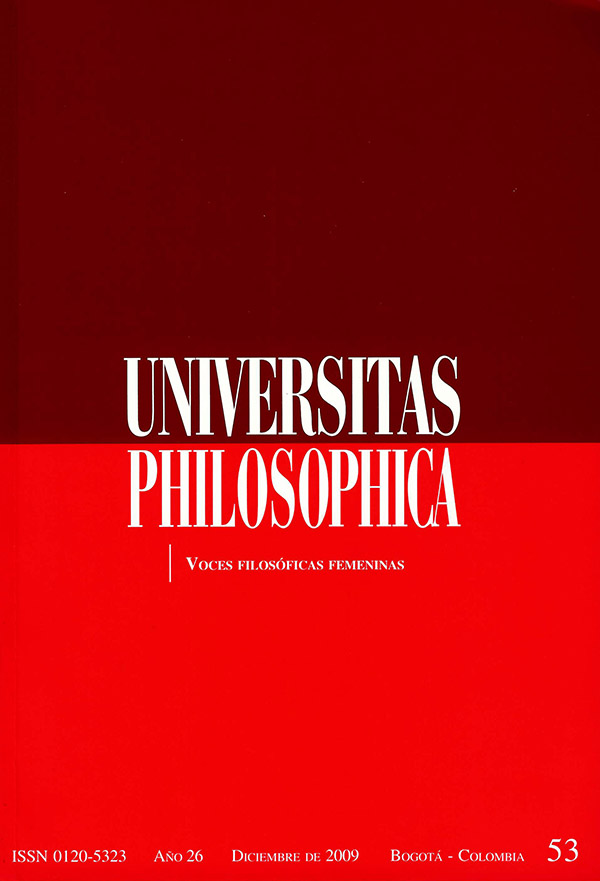Abstract
Human life is deeply concerned with contingency: it flows from birth to death. Nevertheless these are not merely the actual cornerstones of our life time, but also the basic references for our experience and interpretation of existence. The print that expiry gives to our condition leads, paradoxically, to schemes that present existence in a continuity that relates the lapse between birth and death with the «before» and «after» of our own life length. It is possible to think of life as the «middle way» that leads to two invisible endings: before birth and after death. These invisible endings appear as constituents of the experience of being alive. How do we humans afford them? We will analyze, with Hans Blumenberg, three basic forms: myth, dogma and philosophy, and their relation with the question of the reason for being, because the intrinsic foreclosure of human existence to the «non-being» (in the forms of «not having been» and «not being any more») pose this existential question. Far away from classical distinction mythos – logos , we will see that a movement of coming back and forth between iconic and conceptual elements is the constant in all of them, differing basically for their particular vital achievement.
This journal is registered under a Creative Commons Attribution 4.0 International Public License. Thus, this work may be reproduced, distributed, and publicly shared in digital format, as long as the names of the authors and Pontificia Universidad Javeriana are acknowledged. Others are allowed to quote, adapt, transform, auto-archive, republish, and create based on this material, for any purpose (even commercial ones), provided the authorship is duly acknowledged, a link to the original work is provided, and it is specified if changes have been made. Pontificia Universidad Javeriana does not hold the rights of published works and the authors are solely responsible for the contents of their works; they keep the moral, intellectual, privacy, and publicity rights.
Approving the intervention of the work (review, copy-editing, translation, layout) and the following outreach, are granted through an use license and not through an assignment of rights. This means the journal and Pontificia Universidad Javeriana cannot be held responsible for any ethical malpractice by the authors. As a consequence of the protection granted by the use license, the journal is not required to publish recantations or modify information already published, unless the errata stems from the editorial management process. Publishing contents in this journal does not generate royalties for contributors.


